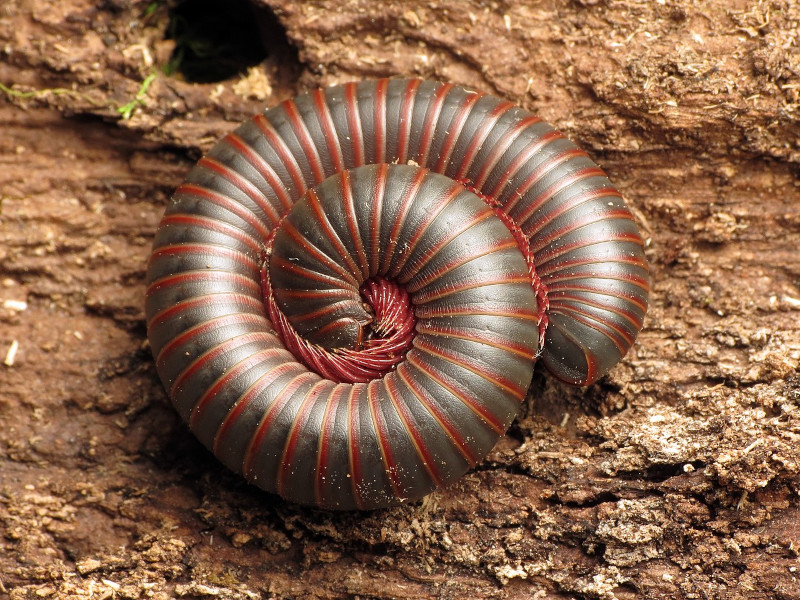
American Giant Millipede Facts
- American Giant Millipede serves as the most frequently used common name for this remarkable creation of Nature and evolution. The creature does have a few other general titles, though. Those include such terms as iron worm and worm millipede.
- Within the scientific community, however, it’s perhaps better known by its technical designation. Fortunately, that’s a moderately simple one for the layperson to pronounce, at least compared to some. It holds the official tag of Narceus americanus.
- The amazing Arthropod received that epithet due to the efforts of Palisot de Beauvois. The noted French zoologist accomplished the first recognition of it as a separate and distinct species. He managed that scientifically noteworthy deed in 1817.
- Thankfully, the American Giant Millipede seems to be maintaining a population base that’s both stable and sufficient. That surprising state additionally appears to hold true across its entire range. It therefore does not yet appear on the Red List of the IUCN.
- The invertebrate nonetheless still faces many potential threats to its continued existence as a species. In this, it merely reflects the state all life on earth now finds itself in. Its perils include those of habitat loss and climate change, among others.
Related Articles
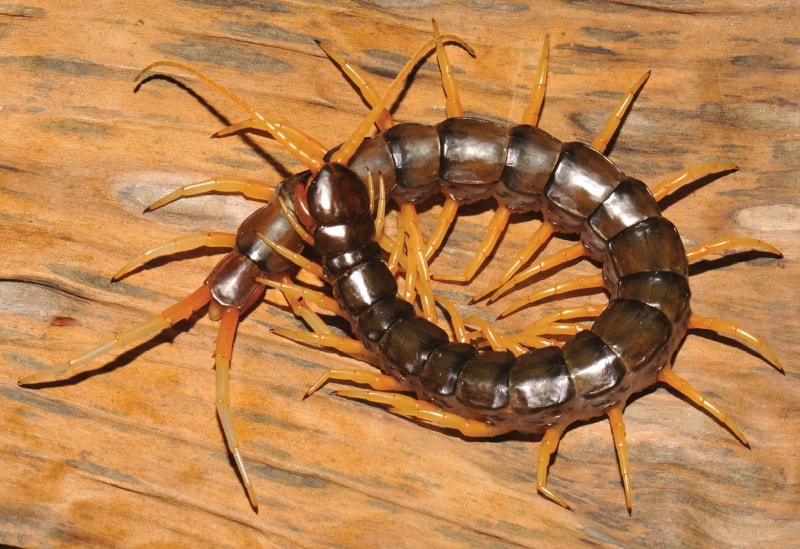
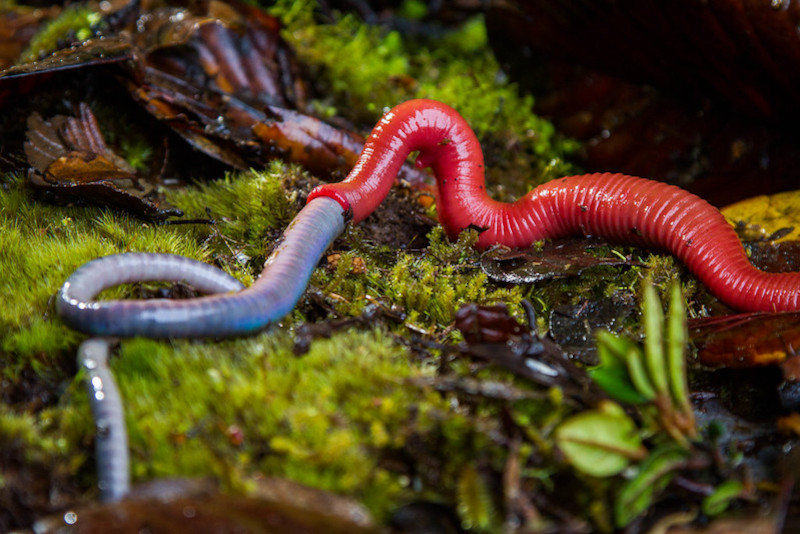
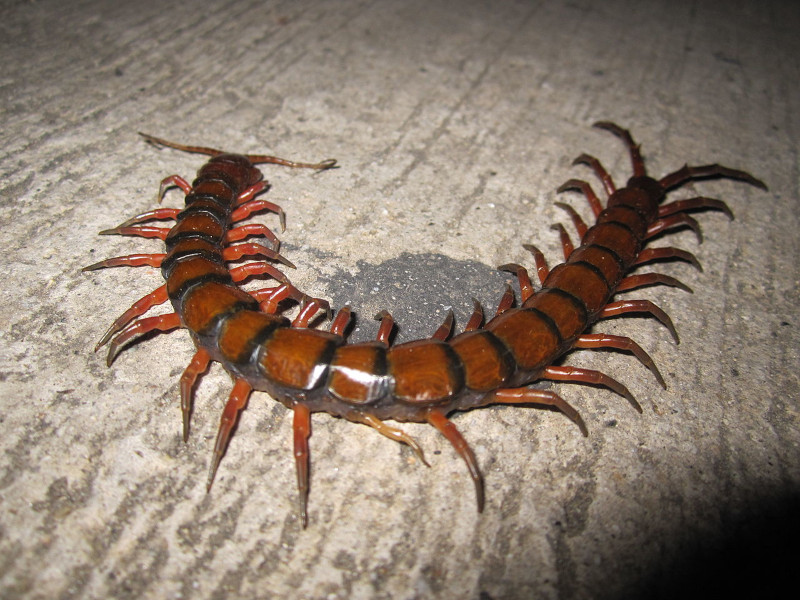
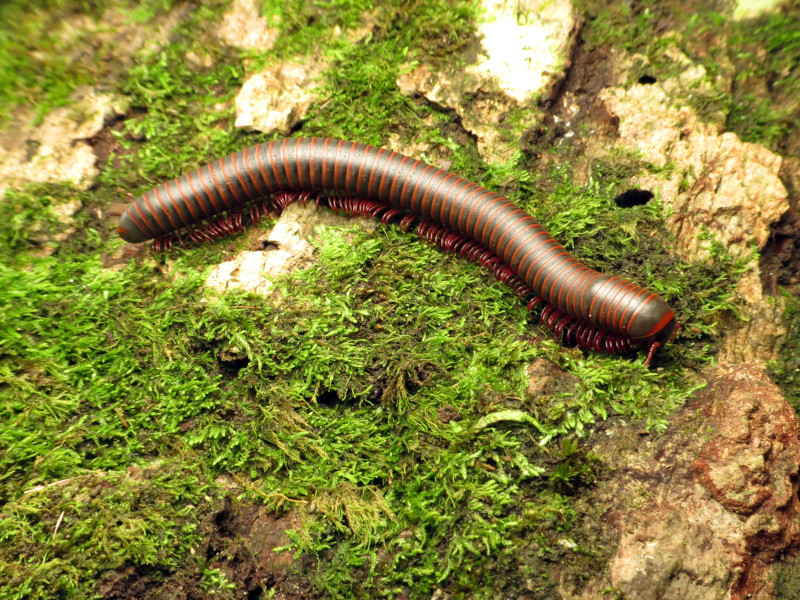
American Giant Millipede Physical Description
The remarkable American Giant Millipede typically evokes strong reactions among those individuals who notice one. While not everyone finds them appealing, the species nevertheless deserves its fair share of respect. Nature created all forms of life with a purpose.
In terms of physical description, this biological marvel follows a pattern prevalent among earth’s many species. That’s in the fact that it displays a certain degree of the physiological characteristic known as sexual dimorphism. However, it does so in several ways.
The first gender-based distinction displayed by the invertebrate occurs in simple size. As a general principle, females attain a greater length and mass than their male counterparts. The smaller males, meanwhile, typically develop longer legs than the females.
Yet, in both of these characteristics of the American Giant Millipede, the differences remain slight, and hard to notice with a casual observation. Otherwise, both genders present the same outward appearance. But that’s where this wonder of evolution draws the eye.
In color, the many elongated, tube-shaped body segments present a color that ranges from gray to brown. But, each of these sections also shows a border of a bright red shade. The legs, totaling from 150 – 200 in number, usually display the same bright red hue.
- Kingdom: Animalia
- Phylum: Arthropoda
- Class: Diplopoda
- Order: Spirobolida
- Family: Spirobolidae
- Genus: Narceus
- Species: N. americanus
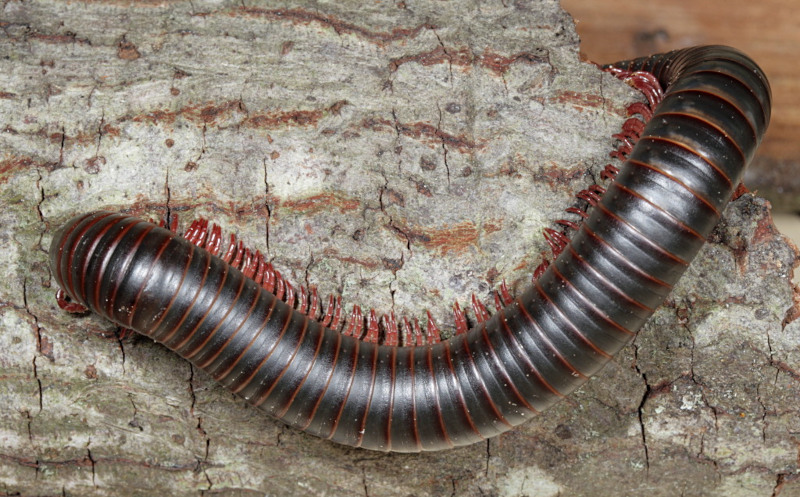
American Giant Millipede Distribution, Habitat, and Ecology
The intriguing American Giant Millipede evolved as native to a moderate section of the earth’s surface. Given its name, the general location of that zone of habitation isn’t going to surprise anyone. That’s because it developed as mainly endemic to the United States.
Within the borders of that country in North America, though, it only dwells in a specific portion of the greater area. To the south, the animal lives as far as Lousiana to the west and Florida to the east. Northward, that reaches Missouri westward and Virginia eastward.
The distinctive Arthropod evolved decidedly strong preferences regarding its choice of habitat. It primarily prefers undisturbed forest regions, with an abundance leaf litter and related structures. Observers also frequently find it in or under fallen logs.
Yet, it’s not adverse to living in other areas with similar conditions. These alternate locations may include such places as urban areas, like parks, and even private yards. Essentially, anywhere that stays relatively cool and damp represents a potential residence for it.
The American Giant Millipede also evolved as what’s known as a detrivore. That means that it developed to consume rotting organic matter. That mainly consists of old wood and leaves, but not always. Its diet also includes the occasional fruit, or even animal dung.
It’s also mainly nocturnal in behavior. During the day, it usually remains within small burrows it constructs. Foraging for food therefore usually takes place at night. It’s mostly a solitary species, coming together only for mating. Lifespan in the wild is still undetermined.
Species Sharing Its Range

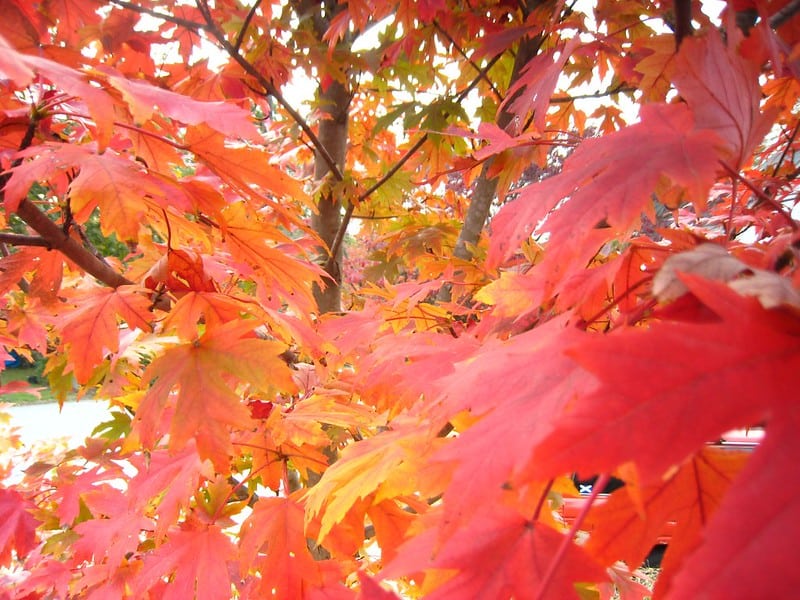
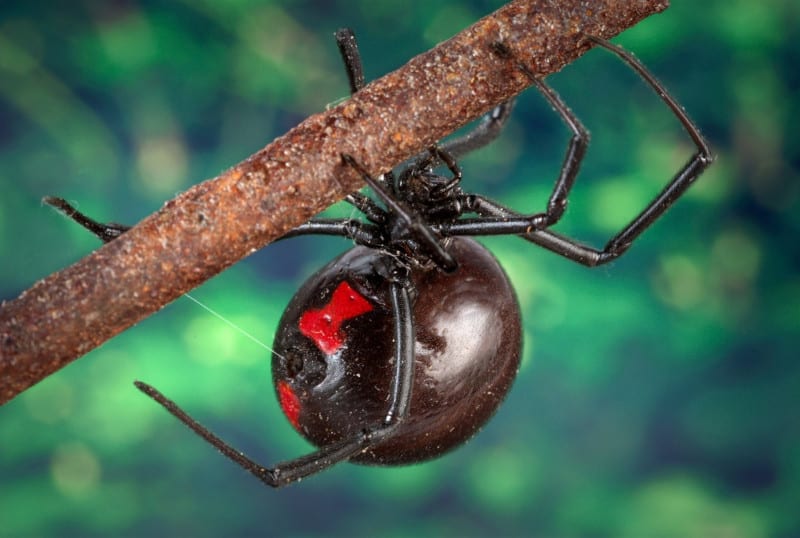
Check out our other articles on 7 Breathtaking East Coast Wonders, Golden Jackal, Mount Vesuvius, Chinese Giant Salamander, Coral Honeysuckle, Cairns Birdwing, Alligator Snapping Turtle









Leave a Reply